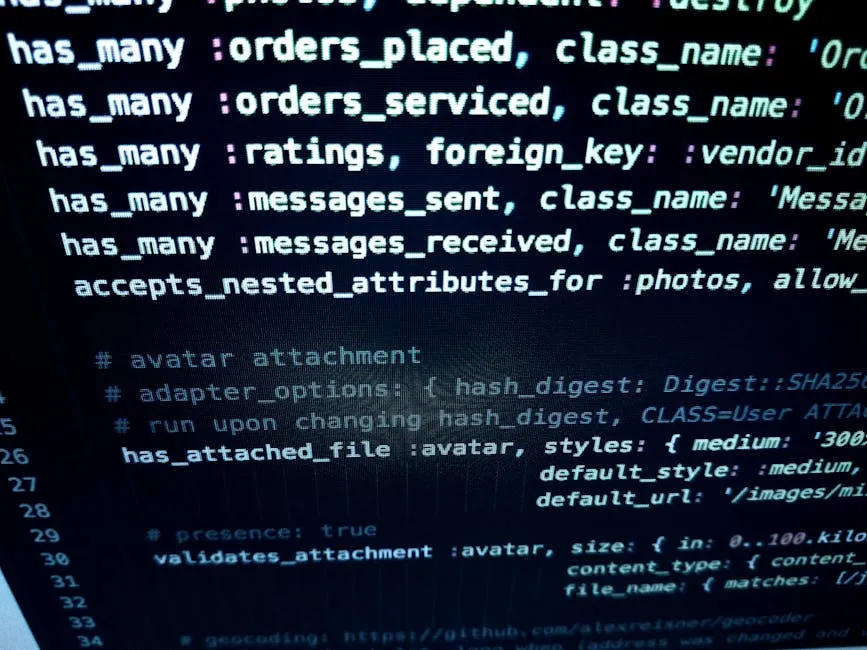
The Future of Web3: Embracing Web2 for Mass Adoption
As the digital landscape continues to evolve, the transition from Web2 to Web3 presents both opportunities and challenges. The promise of Web3 lies in decentralization, enhanced user control, and blockchain technology. However, its widespread adoption may hinge on a surprising factor: the integration of existing Web2 infrastructure rather than a complete overhaul.
Understanding the Web2 to Web3 Transition
Web2 has shaped the internet as we know it today, providing a platform for social networks, e-commerce, and various online services built on centralized systems. In contrast, Web3 aims to decentralize these services, allowing users more control over their data and interactions. Yet, for Web3 to thrive, it must not shun the established frameworks of Web2.
Why Integration is Key
Integrating Web2 infrastructure into the Web3 ecosystem can foster trust and familiarity among users who are new to blockchain technologies. Here are a few reasons why this approach is essential:
- Building Trust: A gradual transition allows users to feel more comfortable with new technologies. By incorporating familiar Web2 elements, Web3 can mitigate the fear of the unknown, paving the way for a smoother adoption process.
- Accelerating Acceptance: Utilizing existing platforms can help speed up the integration of decentralized applications (dApps) into the mainstream. This can lead to broader usage and a more robust user base.
- Leveraging Established Networks: Web2 has already developed extensive user networks and engagement strategies. Tapping into these can provide Web3 projects with a ready-made audience, increasing visibility and engagement.
Examples of Successful Integration
Numerous projects illustrate how Web3 can effectively build upon Web2 foundations. For instance, many blockchain-based applications are designed to work in tandem with popular social media platforms, allowing users to manage their identities and data while still interacting within familiar environments. Additionally, some decentralized finance (DeFi) platforms are creating bridges to traditional financial services, providing users with a seamless transition between the two worlds.
The Road Ahead
As we look to the future, it’s clear that the path to Web3’s success will not be about completely replacing Web2 but rather about enhancing and integrating the best aspects of both worlds. This hybrid approach will not only ease the transition for users but also foster innovation and growth within the blockchain space.
In conclusion, the survival and success of Web3 rely heavily on its ability to embrace Web2 infrastructure. By building on the established foundations of the internet, Web3 can create an ecosystem that is both innovative and accessible, ultimately leading to a more decentralized and user-friendly digital landscape.



